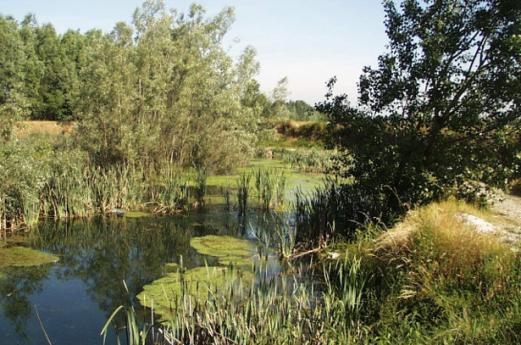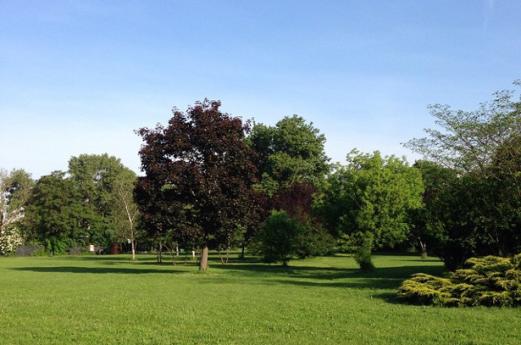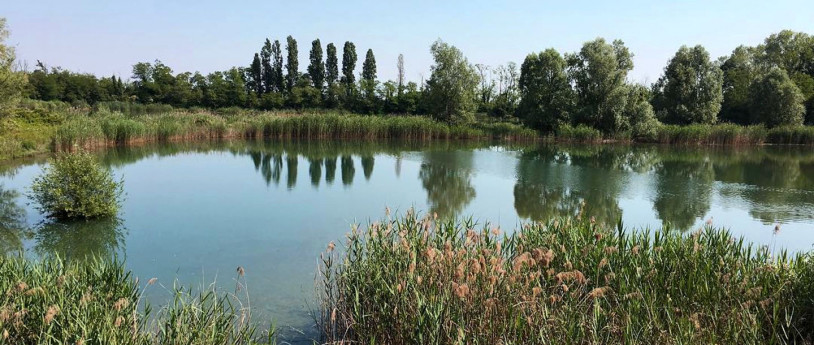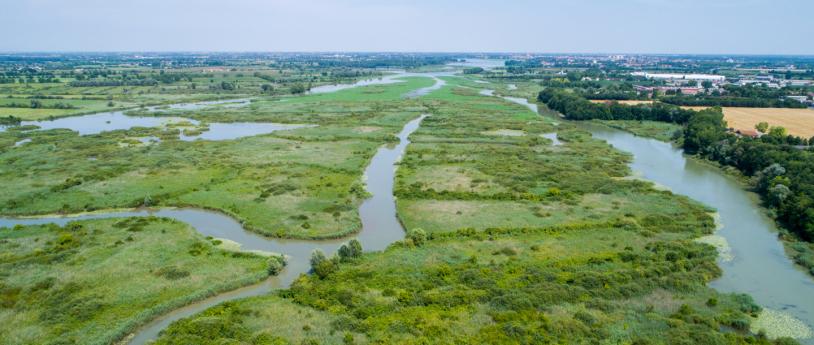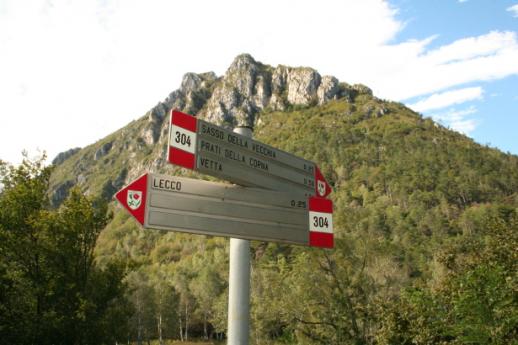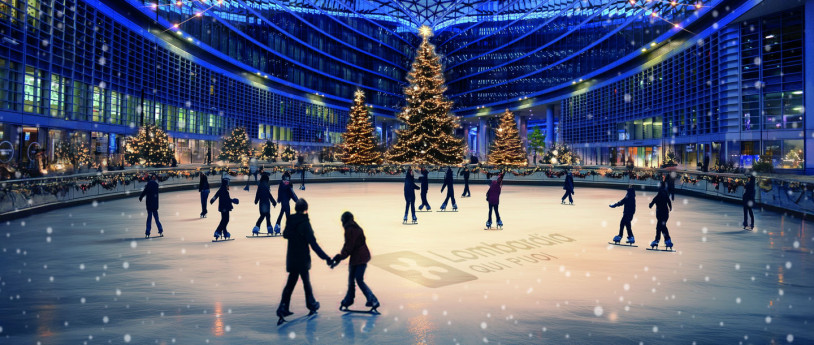- Parks
- Active & Green
Regional Park of Serio
A full immersion in the fluvial environment of the river Serio discovering wetlands of great naturalistic interest
The Regional Park of Serio is a River park, where water is the key element.
The Serio river meanders in a north- south direction with a ravine etched at various depths into the fundamental level of the plain, representing the axis of the park.
The river morphology varies markedly from north to south. In the northern area of the high plains, the river has a " braided " bed, dilated with various branches delineated by alluvial benches stretched in the direction of the current.
The permeability of these deposits sometimes causes the waters to completely infiltrate the subsoil. This is where the central area of the springs is located, with the interesting spring of Campino.
In the southern part, due to the lower permeability of the deposits , the river comes together in a single channel with a meandering current in a narrow and etched groove that is typical of the " shell valley". Interesting humid environments also thrive in this area: oxbow and dead lakes.
In the northernmost area on its shores, the rare groves and crops are flanked by large expanses of gravel covered by a thin layer of soil. Dry meadows consisting of plant species of steppe or Mediterranean origins, or those from the nearby Orobie Pre-Alps, originate here.
Further south, at the height of Mozzanica, the channel narrows and the most interesting environments are the small wetland forests that grow on the banks of oxbow lakes on either side of the river, including the two that make up the Natural Reserve of Palata Menasciutto in the municipalities of Ricengo and Pianengo.
The birdlife that thrives in the meadows of Serio Park is highly unique, with rare species such as the warbler, the nightjar, the barred warbler and the ortolan; Some of the invertebrates being studied include dragonflies and butterflies. The survival of all the amphibian species is highly at risk (newts, toads, salamanders, tree frogs and the endemic Lataste frogs) along with reptiles. Few species of mammals are known to live here: the common hedgehog, mole, hare and rabbit. While the number of fox sightings is sharply on the rise, while weasels, badgers, stone martens and polecats are rare, like the dormouse and hazel dormouse.
Valuable archaeological finds have been discovered in the Serian territory, which range from the Neolithic period to the age of the Lombards. The civil construction of the subsequent centuries, as well as the rural architecture with numerous fortified farmsteads, offer interesting opportunities for a visit: castles in the Bergamo area related to the life of the leader Colleoni (Malpaga, Cavernago, Urgnano, Martinengo and Cologno) and the villas and buildings in Crema (Ricengo, Castel Gabbiano, Ripalta Guerina and Montodine).
Religious traces are scattered throughout the area: from simple shrines and chapels built to protect the old fords, to the sanctuaries, monasteries and parish churches.




